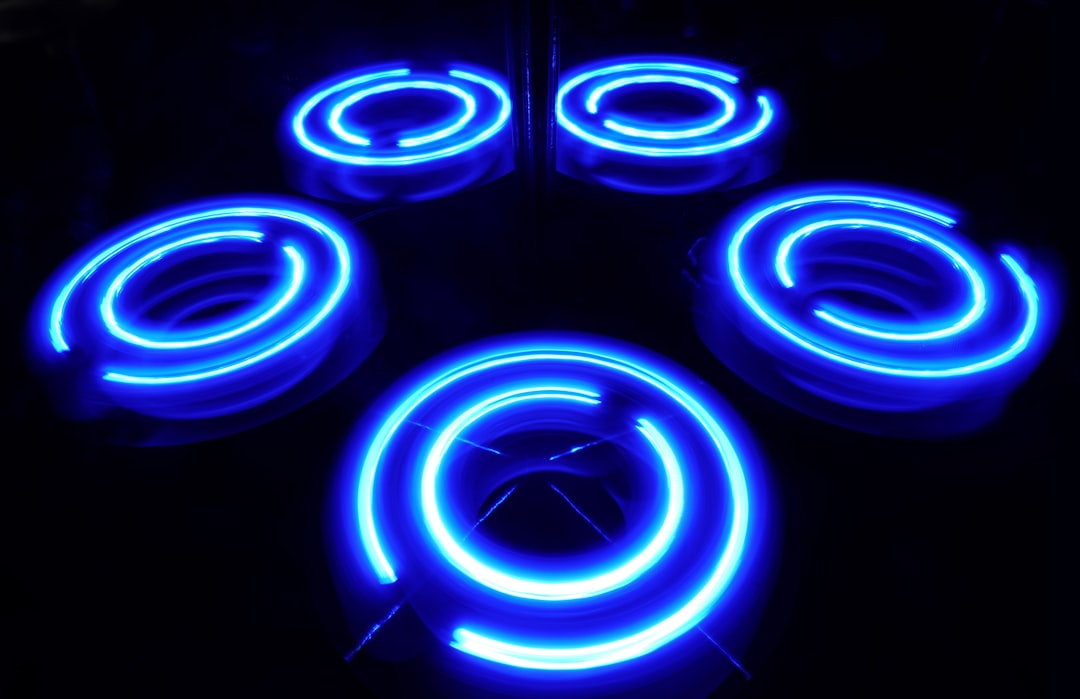What is it about?
Memristive devices with both electrically and optically induced synaptic dynamic behaviors will be crucial to the accomplishment of brain-inspired neuromorphic computing systems. Herein, kuramite Cu3SnS4 is newly introduced into poly-methacrylate as the switching medium to construct memristive devices, and the expected high-performance bio-mimicry of diverse optoelectronic synaptic plasticity is demonstrated. In addition to the excellent basic performances, such as stable bipolar resistive switching with On/Off ratio of ∼486, Set/Reset voltage of ∼−0.88/+0.96 V, and good retention feature of up to 104 s, the new designs of memristors possess not only the multi-level controllable resistive-switching memory property but also the capability of mimicking optoelectronic synaptic plasticity. Predictably, as a new class of switching medium material, such proposed kuramite-based artificial optoelectronic synaptic device has great potential to be applied to construct neuromorphic architectures in simulating human brain functions.
Featured Image

Photo by Alina Grubnyak on Unsplash
Why is it important?
We have used CTS-PMMA films as a resistive layer for the first time to construct memristives and the expected high-performance bio-mimicry of diverse optoelectronic synaptic plasticity is demonstrated. In addition to the excellent basic performances, such as stable bipolar resistive switching with On/Off ratio of ∼486, Set/Reset voltage of ∼−0.88/+0.96 V, and good retention feature of up to 10000 s, the new designs of memristors possess not only the multi-level controllable resistive-switching memory property but also the capability of mimicking optoelectronic synaptic plasticity, including electrically and visible/near-infrared light-induced excitatory postsynaptic currents, short-/long-term memory, spike-timing-dependent plasticity, long-term plasticity/depression, short-term plasticity, paired-pulse facilitation, and “learning-forgetting-learning” behavior as well.
Perspectives
Writing this article was a great pleasure. This article successfully prepared novel memristives and demonstrated high performance mimicry of different optoelectronic synapses. The such proposed kuramite-based artificial optoelectronic synaptic device has great potential to be applied to construct neuromorphic architectures in simulating human brain functions.
Dongxiaofei Dongxiaofei
Read the Original
This page is a summary of: Neotype kuramite optoelectronic memristor for bio-synaptic plasticity simulations, The Journal of Chemical Physics, May 2023, American Institute of Physics,
DOI: 10.1063/5.0151205.
You can read the full text:
Contributors
The following have contributed to this page










